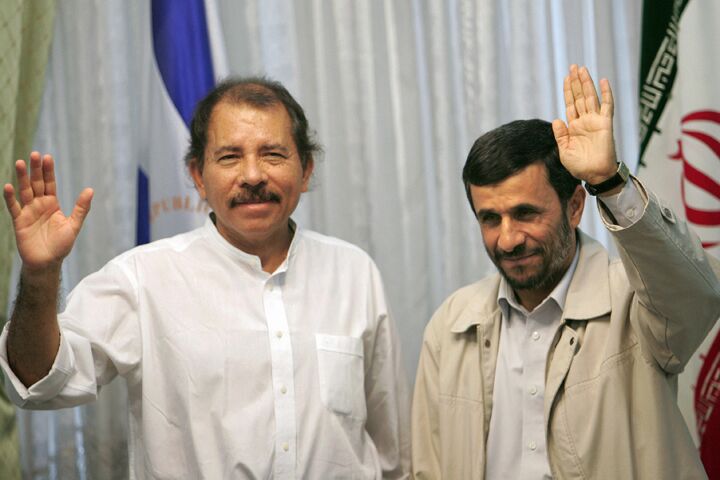
Nicaragua Defies America, Embraces Iran
Iran has established ties with another Latin American country, Nicaragua, despite objections from the United States.
Tehran has agreed to provide funds for a $350 million ocean port, a farm equipment factory, 4,000 tractors, five milk-processing plants and a health clinic, and is building 10,000 houses. Iran will also back a $120 million hydroelectric project aimed at ending the frequent blackouts in Nicaragua. In return, Nicaragua will export items like coffee, meat and bananas to Iran.
Nicaragua’s president, Daniel Ortega, visited Tehran in June, following up on Iranian President Mahmoud Ahmadinejad’s visit to Managua in January.
Knowing further cooperation was likely, U.S. Ambassador Paul Trivelli warned Nicaragua last week that “Iran can be a dangerous partner.” President Ortega rejected the advice.
According to Michael Shifter, vice president for policy at the Washington-based think tank Inter-American Dialogue, Iran’s goals in Latin America are “fundamentally geopolitical rather than economic.” Venezuelan President Hugo Chavez opened the Latin American door to Iran first; now, other Latin American countries are beginning to follow his anti-U.S. example.
President Ortega has a history of defying the U.S. president. He led Nicaragua’s Marxist Sandinista government in its fight against U.S.-sponsored rebels in the 1980s during the Iran-Contra Affair. Now, according to the Guardian, he has “upgraded ties with Cuba and North Korea, and in June visited Iran, Algeria, Libya and Cuba in a jet lent by Libya’s Muammar Qadhafi.”
The U.S. has lost much of its influence and respect in Latin America. For more information on the growing anti-U.S. sentiment spreading through the region and where that is headed, read “Latin America Swings Left.”
